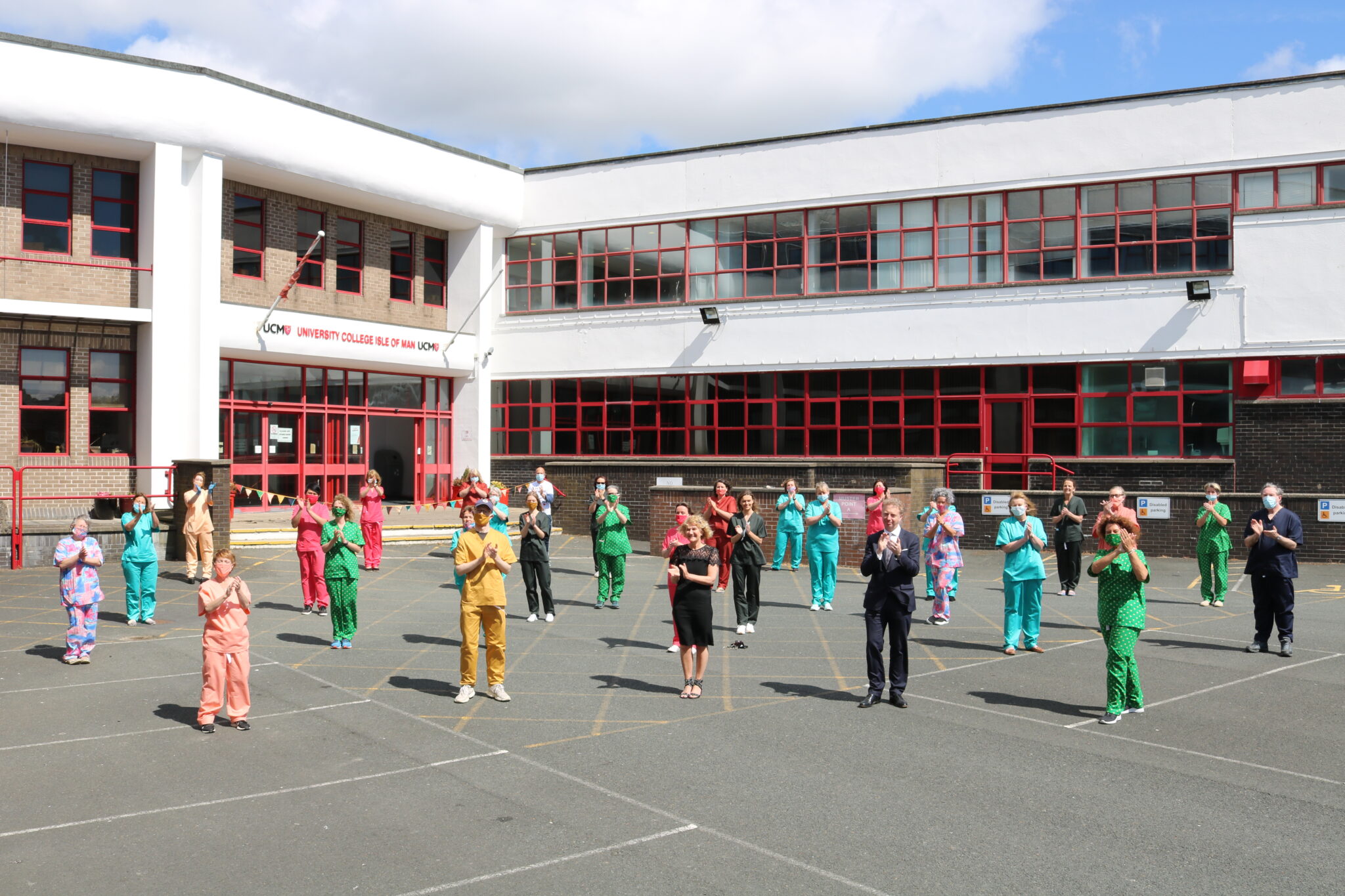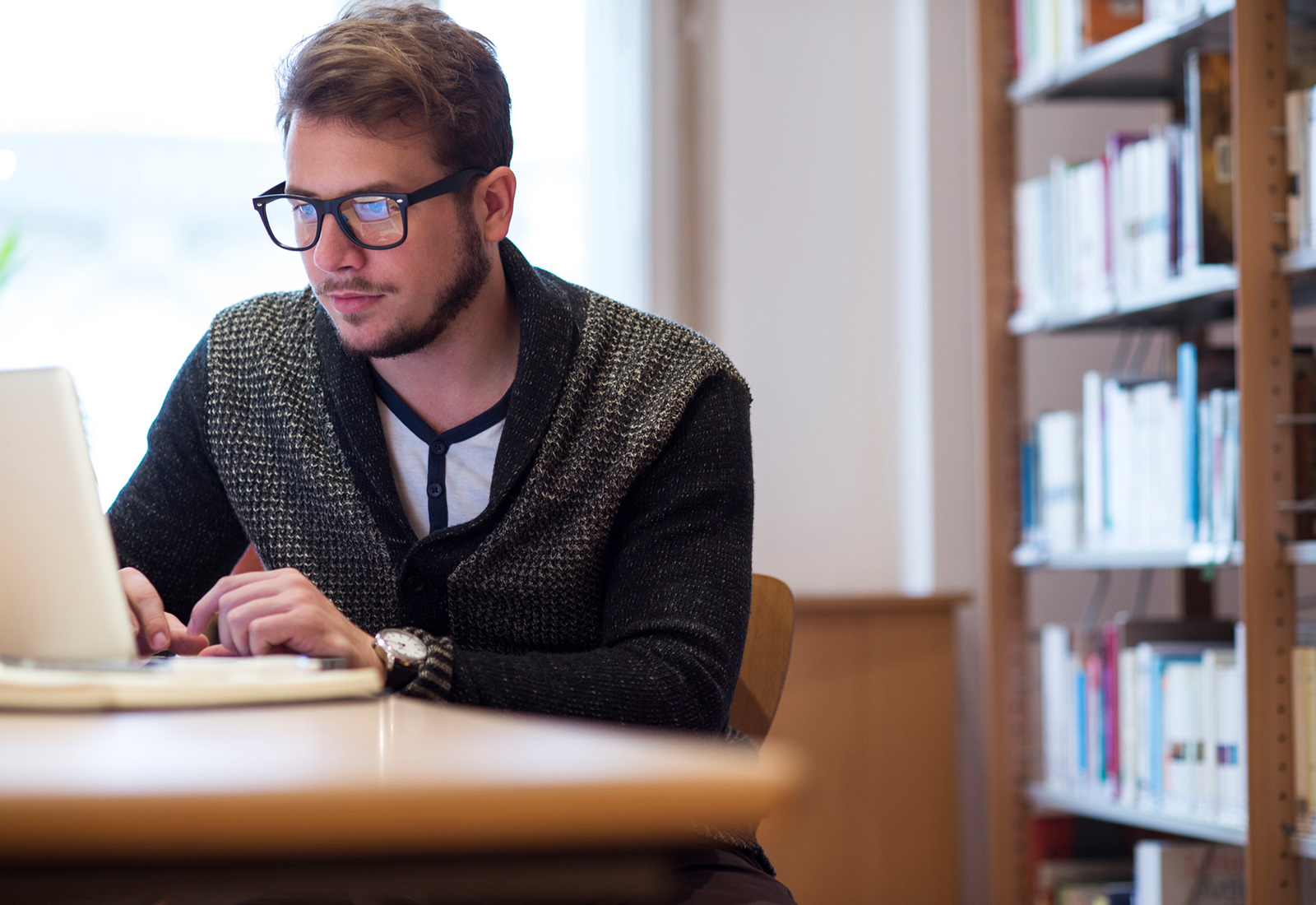Katie King en Jude Dicken van Manx National Heritage vertellen in deze blog over hun ervaringen met het verzamelen en documenteren van de COVID-19 pandemie op het eiland Man. Een nieuw project, met nieuwe uitdagingen en moeilijke onderwerpen…
Katie King en Jude Dicken van Manx National Heritage vertellen in deze blog over hun ervaringen met het verzamelen en documenteren van de COVID-19 pandemie op het eiland Man. Een nieuw project, met nieuwe uitdagingen en moeilijke onderwerpen.Het project hield in dat moest worden onderhandeld over zeer emotionele onderwerpen die voor een organisatie moeilijk te hanteren kunnen zijn en een impact kunnen hebben op degenen die het werk uitvoeren.
This is a story that shines a light on museums, archives and heritage institutions as places of emotional transaction and the role they play, not in telling our stories for us, but in empowering us to tell our stories. Stories of life and death, but also of mundane daily tasks like going to the shops. All of which are essential in giving future generations an insight into life for those living on an island during a pandemic.
Collecting Covid
Katie King (Curator of Art and Social History, Manx National Heritage):
In May 2020, we launched Collecting Covid Isle of Man. It was part of an effort to capture the island experience.
We didn’t know how long the pandemic was going to last. It was a very turbulent time, particularly when our borders closed. From the end of March 2020, nobody could come to the Isle of Man and nobody could leave. I don’t think that’s ever happened before in our history. Family couldn’t visit their relatives. Then our Governor called a state of emergency and for some it was very frightening.
We were doing a lot of online community engagement initially, using our heritage and culture to try and keep people grounded and busy. Then we thought, ‘okay, at Manx National Heritage we do contemporary collecting as well’. We try to reflect modern life, and this was an extraordinary period on the Isle of Man.
The project was to gather images, first-hand experiences and objects to reflect island life during the COVID-19 pandemic. We focused on digital initially because we didn’t want to break covid rules during the stay-home phase. We didn’t want people to bring things in or go on special missions to find objects. We wanted people to record their daily experience. We were really keen to capture home-schooling, going to the shops, the proliferation of rainbow drawings celebrating the NHS (National Health Service), and the clapping. The idea was very much ‘we want to gather your story’.
It began as a social media campaign and we did a lot of interviews with local radio and TV. We also set up a special Collecting Covid page on our website.
Because we were all working remotely, we decided to set up an email inbox specifically for Collecting Covid, and we are still getting submissions. Then Jude (Collections Information Manager) and her colleague Hannah Murphy (Assistant Curator of Collections Information) began cataloguing the submissions in a temporary holding area and issuing a temporary catalogue number.
We thanked everyone for their submissions. Some of the contributions were quite emotive – about death or going to funerals, so they received a personalised response as well.
Around 300 photos were submitted, then around 30 accounts or stories, and then some objects. We were using the images to promote the campaign and to try and get more images.
We reached out to a local nurse, who is somewhat of a local influencer. She was fantastic at generating a buzz with colleagues within the Department of Health and Social Care and, subsequently, we received more accounts and photographs from health workers in the Isle of Man.

The challenge of getting institutional buy-in
Katie King:
The project had its challenges, quite apart from the obvious restrictions around remote working. We were also reminded of the need to consider multiple perspectives when some of our colleagues thought initially that the project might be seen as insensitive. We had to remain alert to what was really happening in our local community and not just treat this as a detached museological exercise. A series of deaths in a local care home really brought this home to the team and we took the decision to delay the launch of the project.
Jude Dicken:
Although initially there was some nervousness within our organisation with questions around whether, in the midst of a serious public health emergency, it was the right time to do this project, attitudes did change. Museums are popularly known for collecting ‘older’ material culture that maybe we don’t now have an immediate emotional connection with. I think ‘Collecting Covid’ was a challenge to some as it challenged, to my mind, the mistaken notion that museums are not there to talk about things that are happening now. Also, because we’re very embedded in the community, we had to be very mindful of that community. The way you handle the messaging around this is of course very important.
A positive response
Katie King:
There was an overwhelmingly positive response to the project. Quite a lot of people emailed in to thank us for giving them something to do. Particularly those who had had a bereavement. They said it was a cathartic experience to record their account.
We’ve also engaged with a slightly different audience – much younger people than we would usually encounter and people from more diverse backgrounds. We’ve made connections within the community with people who aren’t traditional museum users, who really recognised that this was a momentous moment for the world, and they really wanted their story recorded.
We took a decision that every photographic submission was included in the collection. So that was one of the challenges, to make sure the resolution of the images was good enough. I became technical support for a while explaining how to do that. There was general excitement about these being included in the national collection.

Identifying the gaps
Katie King:
In August of 2020, the Museum, Library and Archives team finally met in person to talk about the project and to identify any gaps. We had a lot of material to represent home-schooling, shops and how life had changed. But we were very low on items from key workers, bus drivers, people working on ferries or in the airport. We had photographs of people queuing up for food, but we didn’t have the experiences of people working in the shops, with all the complications of keeping the island stocked with food at a time of disruption in the world. We then began a more targeted and proactive campaign to capture the missing stories, which continues today.
We’ve collected relatively few objects, partly because our project was quite digitally focussed. However, we have taken in scrubs, including some made in bright colours by a local college, a few knitted rainbows and somebody knitted an entire suite of figures dressed as different key workers.
Bizarrely, when our then Chief Minister, Howard Quayle, delivered his daily briefings at 4 o’clock, it developed into a drinking game for some of the online audience. They would have a swig of wine every time he said a certain buzzword. It was known as Howard O’clock. You could also purchase a Howard O’clock t-shirt or a mug, so we were acquiring things like that. This was in the early weeks of the pandemic, before the Isle of Man suffered its first Covid related death.
In terms of archives, we also gathered a selection of illustrative newspaper headlines from outside newsagents.

In the future, we will be contacting key local figures for their accounts, including our Health Minister and our Chief Minister. Because of the long term impact of Covid and the fact that we are still adjusting to life with vaccinations, border controls and the effects of long-Covid, it’s likely that our collecting will endure to reflect these experiences.
Cataloguing the submissions
Jude Dicken:
For heritage professionals, projects like this do bring you into contact with people who are hurting. How do you collect from that person? When we started, we really didn’t know what sort of uptake we’d get, whether we would be inundated or whether there would be silence. Regardless, we still had to set up a system to manage the workflow.
We started with a very simple Excel. As emails came through, we copied the sender’s details, the date we received it and the subject title they gave to the email. Obviously, they aren’t thinking of a museum catalogue, so they aren’t going to give you neat indexing terms or the perfect title. Then we’d go into the body of the email and take the subject content.
The authenticity of the collection comes from the fact that they’re just expressing themselves in an email, in their own words, so we’re not looking to rewrite these into perfect text. We have kept their words, as they’ve expressed them.
We didn’t want to proscribe to people in terms of image quality, we didn’t want to present barriers. We wanted to accommodate people just going out for a walk taking a snap on their phone. There are projects based on professional photography, but what we wanted was a different level of authenticity, thumb slightly over the camera lens and all.
As a result, we’ve received images that are small in size or embedded in the email rather than a neat attachment. We decided we would keep them digitally, but then render them in hard copy. How long we keep the digital for is another question. And we’re not making any of these public at the moment. We will, of course, contact people for permission to use their images in the future.
Because we started this in May 2020, being nimble was very important to us. We needed to act quite quickly, so we couldn’t go through all the usual procedures (using entry forms) for things that come into the museum, especially when we were all working from home. The point of our collecting is not only to give us the items for long-term preservation in our archive and museum, but also to promote immediate community engagement, to connect with lived experience. We, as a museum, are relevant to you and we see the relevance of your life in the Isle of Man.
So, we’re working out the ‘mechanics of collecting’ now, after the fact. The priority at the outset was quickly getting a process in place so we could start collecting, then figure the rest out later.
We took the decision at the end of last year to do the first upload of the Excel document into our Mimsy collections management system. Collecting Covid features as its own self-contained archive in Mimsy. We’ll do periodic updates as we receive more material, since it’s currently a growing archive. At some point, we will have to decide when to close it to new acquisitions.
A sense of responsibility to record islanders’ experiences
Katie King:
I do feel a sense of responsibility to record the experiences of people on the island. I feel guilty about the fact that there are gaps in the collection and that we haven’t had the time to address them. I think we’ve only got a quarter of the story of the island’s experience. And the more time that passes, the less likely we are to get new submissions.
The emotional impact of the project
Katie King:
Initially, I was quite confident about the project. But then, because there was some nervousness from colleagues, I began to feel anxious every time I looked at the inbox. I was anxious that someone would be upset or offended. But as the weeks passed, I realised that it was cathartic for the people submitting their stories.
A lot of the early submissions were about people separated from their families and about losing family members. A lot of heart-breaking stuff actually. It was hard.
But then it became very light, it became about community and about the Manx spirit. It became quite fun and a lot of the photos were hilarious. I then started to enjoy looking in the inbox. It became an uplifting experience during the lockdown.
I was going through a family situation as well at the time, which added a layer to it. And in the end, I actually submitted my own story because I wanted to get that off my chest.
Jude Dicken:
I often think museums, archives and libraries are there to offer ‘open spaces’ in the community for people to occupy and use in order to think about and negotiate events happening now. Covid has been very different but this isn’t something new.
For example, we often get people who are the children or grandchildren of Second World War internees on the island. There’s emotion that comes with that situation. We encounter people who have emotional connections to the collections we hold or the stories we tell in our galleries. Not to give the impression that people are going around crying all the time! Sometimes those emotions can be hugely joyous, or they can be hugely passionate. I think that happens every day at museums, not just ours. People are sometimes surprised at the emotion that can be provoked in them by visiting a museum and seeing something that triggers something personal. And that’s why I love museums so much. And why I think we all work in them because of this power that they hold.
Museums have always been places of emotional transactions, as well as research. They’re not just dry places. But I think Covid has shone a light on it, more so than ever.
Thank you to Jude and Katie for sharing their experiences of their work during the pandemic.
Header Image:
2020-05-19_001 – Project Scrubs: A group of volunteers made hundreds of sets of scrubs for NHS staff. Alongside the photographic submissions we have also collected a set of the scrubs.




